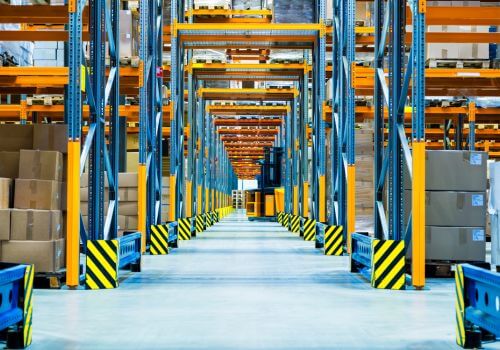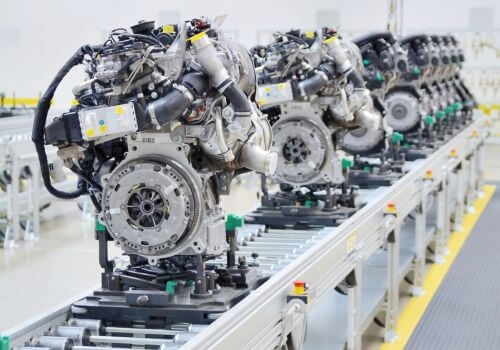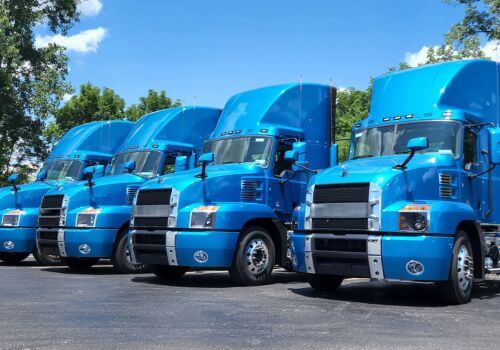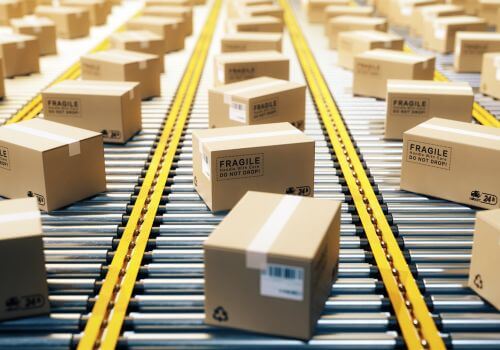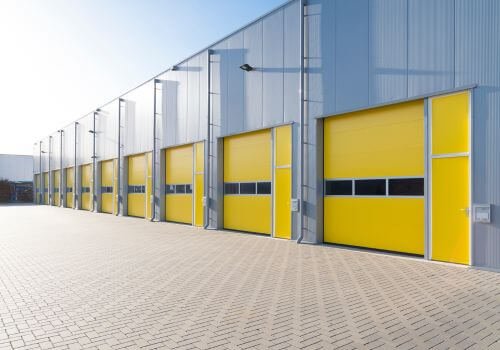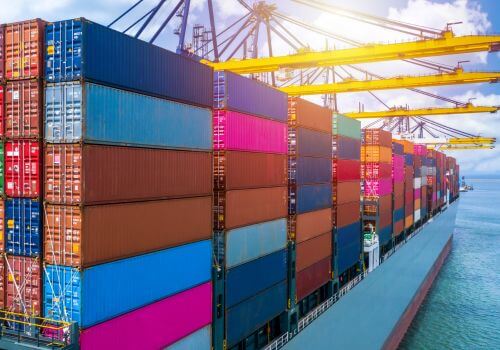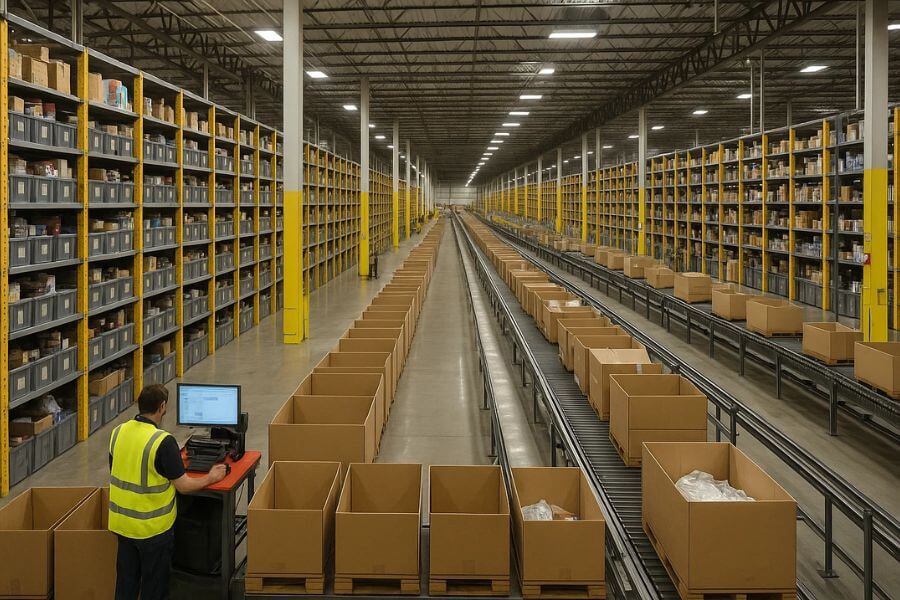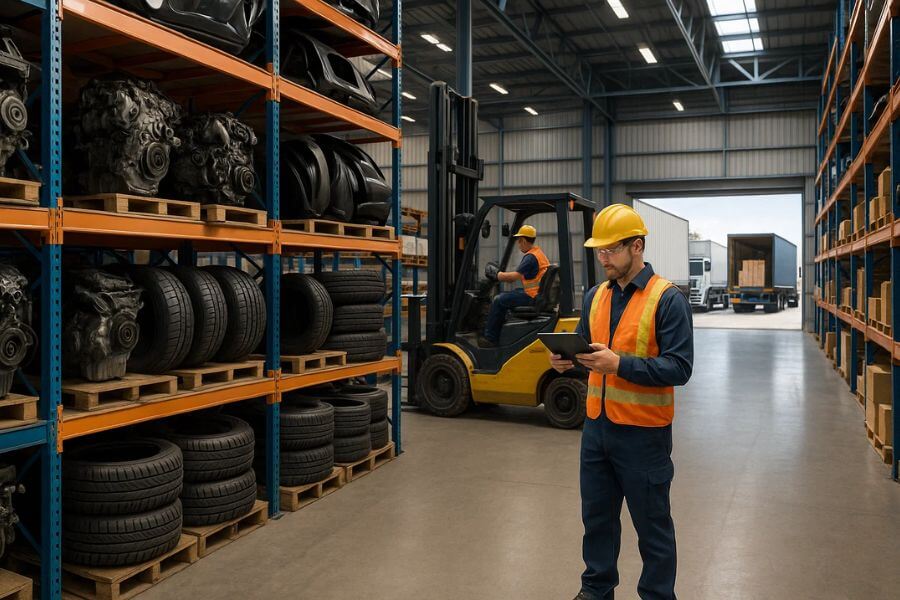In the world of logistics, there are infinite ways to cut down costs, squeeze a little more performance out of your existing infrastructure, and generally wring out every last drop of efficiency. However, if you want to make a significant impact on your company’s eco-footprint and overall sustainability, you need to look beyond conventional solutions.
In other words, all conventional methods for improving your supply chain only get you so far. To truly stand out as a business that cares about sustainability and the future of the planet, you need some seriously innovative thinking. Luckily, there are plenty of ways to step your eco-friendly supply chain up from good to great.
1. Reduce Emissions
Reducing emissions in your logistics operations can have a huge impact on both your company’s carbon footprint and its bottom line. Whether it’s reducing vehicle weight or finding alternative fuel sources, there are many ways to reduce emissions in your logistics operation.
Although it’s unrealistic to expect to eliminate all effects of logistics on the environment – since doing so would make your green company logistics unable to run and fulfill market demand – certain steps may be taken to reduce the emissions caused by using a combination of eco-friendly transport and fuel efficiency.
By reducing the amount of fuel you use, you can curtail the quantities of CO2 that end up in the atmosphere. Plus, reducing emissions can help you save money while improving your overall efficiency. It is also important to make sure that you are using the right vehicles for the job. Larger trucks, for example, are more likely to produce more carbon dioxide than smaller vehicles, so you may want to go with the right size for each shipment. By doing this, you can ensure that you are always using the most efficient possible fuel mix.
2. Shift to Electric Vehicles
Some people may roll their eyes when they hear this, but the fact is that logistics as we know it would be completely unviable without fossil fuels. To get the same amount of work done with clean energy sources, you’d need three times as much capacity. But that doesn’t mean that it’s too late to make a difference. In fact, many of the most eco-friendly solutions out there are surprisingly easy to implement.
Eco-friendly transport is cleaner, quieter, and more efficient than their gas-powered counterparts, and they’re already becoming more affordable. In fact, you can now get a fully-loaded electric semi-truck for about $150,000 – which is about the same as a conventional diesel truck.
3. Build a Smart, Efficient Infrastructure
Most of the eco-friendly supply chain and logistics solutions today are short-term fixes designed to improve your supply chain’s performance by a few percentage points. However, there are also a few ways to build sustainability directly into your logistics infrastructure. These solutions represent long-term investments, but they have a serious impact on your eco-footprint, and they can help you save money in the long run.
For starters, invest in a smart, eco-friendly supply chain network. This is the underlying skeleton of your logistics. If this network is inefficient, it doesn’t matter how many clever optimization tricks you apply on top of it. Sure, you may be able to squeeze a few extra percentage points out of the system, but if your network is inefficient, then you’re better off starting from scratch.
4. Automate Processes
Logistics is a field riddled with repetition. The same tasks are performed over and over again, usually with low-tech, manually-operated methods. It is, therefore, not entirely surprising that it’s one of the most energy-intensive industries in the world, consuming around 25% of global energy.
If you want to become more eco-friendly and scale up your logistics at the same time, you need to automate as much of your workflow as possible. Automation doesn’t just save energy – it can also improve productivity and shorten lead times. Furthermore, it can help you boost inventory accuracy and improve data quality, which is crucial for more efficient inventory management.
5. Go Lean and Mean With Ad Hoc Temporary Storage
As you’re optimizing your utilization and working with less inventory, you may run into a problem: you don’t have enough space to store your goods. We’ve all been there. It’s frustrating and it’s expensive. It’s also incredibly easy to avoid with some simple, sustainable practices.
First, make use of ad hoc temporary storage. This is essentially renting space from other companies that have extra space they aren’t using. You can also make use of third-party logistics providers (3PLs) as temporary warehousing options. Ad hoc temporary storage is an easy way to create more space for your goods, and it doesn’t require a significant investment either.
Conclusion
Building a sustainable, eco-friendly supply chain is an enormous task, and it can seem overwhelming. But if you break it down, it’s not impossible, and it doesn’t have to be difficult.
It’s important to remember here that logistics is a complex space, full of moving parts. The best way to improve your logistics performance is to implement a set of sustainable logistics solutions – in other words, solutions that reduce your company’s emissions, improve efficiency, help you shift to less-impactful technologies, and boost your bottom line at the same time.
The key is to look beyond the traditional supply chain management solutions – like third-party logistics providers or warehouse-as-a-service (WaaS) – and to think outside the box. At Logos Logistics, we offer expert order fulfillment and reliable shipping and truckload services that help you scale your logistics operations while balancing cost and transit times.
Talk to us and find out how you can grow your business through state-of-the-art logistics services.


